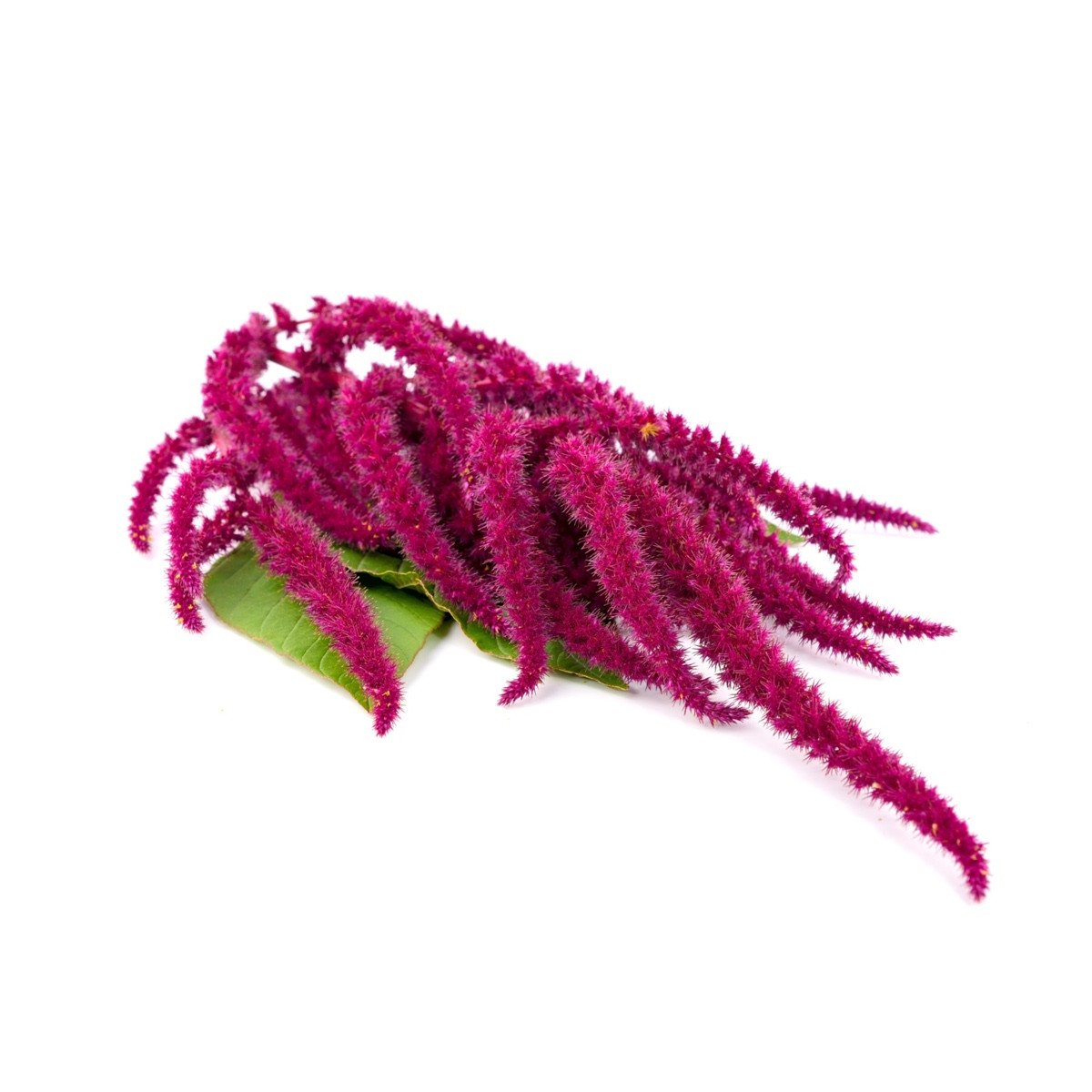Amaranth

Amaranth
Amaranthus
Plant family
Amaranth family (Amaranthaceae)
Cultivation Break
1 Year
Season Overview
Propagating
Planting
Harvest
J
F
M
A
M
J
J
A
S
O
N
D
Details
Light requirement
Sunny
Water requirement
Moist
Soil
Medium (loamy)
Nutrient requirement
Medium
Plant distance
30 cm
Row spacing
40 cm
Seeding depth
1 cm
Instructions
Description
Amaranth (Amaranthus) is also known as foxtail and belongs to the foxtail family (Amaranthaceae). It is one of the oldest staple psuedo-grains and complete protein plant sources. It has become popular in recent years mainly because of its nutrient-rich seeds. The leaves can also be eaten and are used like spinach. Amaranth is an annual or perennial plant based on species and temperature that can grow between 1m to 1.5m (3 to 5 ft) tall and has magnificent flowers in red, pink, green, yellow, orange, and purple varieties. Amaranth is sensitive to frost and should be sown only after the last frosts. Amaranth crosses quickly, so it is recommended to grow only one variety per year.
Origin:
Amaranth is originally from South and Central America.
Growing tips
Amaranth seeds should be sown 5mm or 1/4in deep in well draining soil in full sun. Optimal soil temperature for germination ranges from 18-24°C (65-75°F). Amaranth is very heat tolerant, and a wind-protected location may be advantageous. Sow seeds 5mm (¼”) deep in well drained soil in full sun. Sowing is recommended to be 30-38cm or 12-15in apart in wide cubes. Germination should take place between 4 to 10 days. During germination, it is recommended to keep the soil moderately moist. Days from germination to harvest should be about 40 to 50 days, depending on the variety sown. Sowing generalky takes place after the last frost, often in March. It is not recommended to sow after June due to insufficient time for growth prior to harvest. Amaranth is easy to cultivate, able to tolerate poor soil, and doesn't require a lot of water. If left unharvested, it will also self-sow, bringing more flowers every year. Excessive nitrogen can cause the plant to become leggy. However, a combined NPK fertilizer added to water will likely yield better growth and more abundant harvests. For harvesting, the flowers are cut off and hung to dry. Can be mounded or supported for more stability. Weeds should be removed regularly.
Companion Plants
Antagonistic Plants
Diseases
Root Rot
Pests
Aphids
Land snails